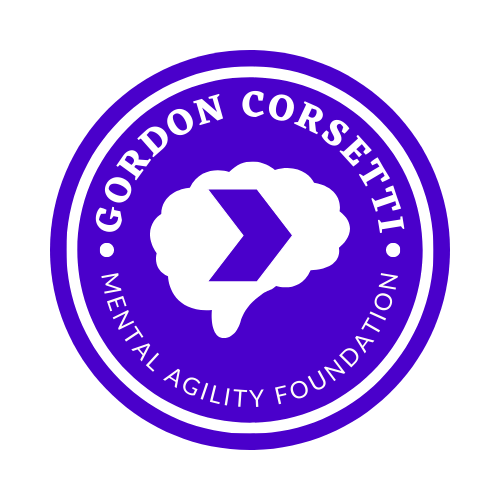Debt-Free
/It feels strange to see the money in my bank account go up each month and not down. I like seeing the amount increase, but I’ve been conditioned to only see that number decline that the opposite is weird. This weight dropped off my back, yet I became so accustomed to carrying it that living debt-free will take some adjustment.
I recently paid off all my outstanding debts. I owe no creditors any amount of money for the first time since I turned 22, and I’m luxuriating in the euphoria of getting to keep my hard-earned money. While it’s entirely doable for me to blame my mental illness and the concordant expenses that followed, that would not be accurate.
Sure, I contributed to the economic burden of this disease just like the other six or seven percent of working Americans with Major Depressive Disorder [MDD} do: “the total economic burden of MDD is now estimated to be $210.5 billion per year.” However, my hospitalizations, outpatient programs, CT scans, medications, doctor appointments, therapy appointments, and psychiatry appointments cost at least $200,000 over a decade. That doesn’t even factor in the lost wages, unexpected ambulance bills, or driving to and from appointments. These costs certainly didn’t help my financial situation, but I also added to the total in some uniquely Gordon ways.
I’m the one in the red helmet.
At twenty-one I went tandem skydiving with some friends. At the time, unbeknownst to me, I was in a severe depression and deeply confused because I was numb to almost everything. Then, I leapt out of a plane from 14,000 feet and felt exhilaration unlike anything I had ever felt before, and I wanted more of that feeling. In one month I spent $3,000 to get certified to skydive solo, and the corresponding jump fees and renting a parachute.
Because I jumped every weekend I thought it’d be a good investment to purchase my own parachute. I shelled out another $3,000 on a five-cell parachute. You learn to steer on a seven-cell parachute, and it takes a good amount of time to become proficient at landing safely. Hard-core parachutists will tell you that going from a seven-cell parachute to a five-cell is like trading in your Volvo for a Lamborghini. I was strongly advised to not jump in my new parachute, and I never did. I spent $3,000 on something I never used!
That was the very last of my savings. I was surprised by how quickly $6,000 evaporated. Looking back, I’ve tried to make sense of this idiotic series of decisions. One psychiatrist pointed to this being evidence of a manic phase of Bipolar Disorder. As one of the common symptoms of mania is excessive purchases. However, I made those purchases over several weeks and, in reality, I was trying to get as close to dying as possible. I was in a severe depression, and I liked the feeling of plummeting up to the edge of annihilation. It wasn’t mania, but it was a peculiar manifestation of my extreme suicidality at the time.
Fast forward through the rest of my twenties:
Four ambulance rides
Two outpatient treatment programs
Multiple psychiatric and psychotherapeutic visits
Unable to work for weeks, if not months, at a time
Serious gaps in my employment history
I maxed every one of my credit cards and took out a personal load to consolidate some of that debt three years ago. Grand total:
$112,000
That is what I recently paid off. It does not include the first and second time I maxed out my cards to pay for medical care. It does not include when my parents supported my hospitalizations with their money either. It certainly does not include lost wages while on short- and long-term disability. It also does not include my stupid purchases. What is another $2,000 of debt when I’m already swimming in a pool of $100,000? Depression and financial illiteracy negatively influenced my decisions about money. I’ll go into more detail about the steps I took to get out of my debt in a future post. Right now, I’m just pleased that my bank account matches my mental health in a healthy way, which is: steady improving.



